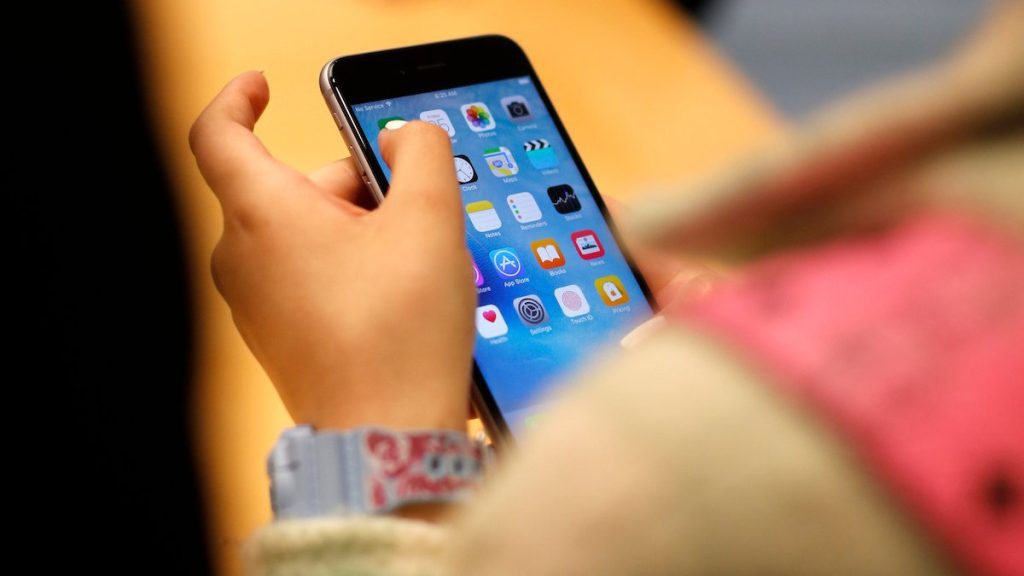You may not have started using the health app that came with your iPhone. You may only use it on a limited basis. luck It comes with six tips on features you probably didn’t think you had.
Validation Checklist
The most important thing is to start with the basic functions of the health. Under your profile and in the upper right corner you can access the Validation List. There you can fill in what is known about your condition, including medications, allergies, and underlying diseases.
Increase focus on sleep
Activate the “sleep schedule”. There you can select the ideal number of hours you want to sleep each night, as well as the time when you intend to wake up. The mobile phone can then remind you when it’s time to sleep. With the app, you not only get a reminder when it’s time to sleep, but there’s also space to unwind before that time. Then the mobile phone closes the apps that can be distracting. The schedule can be adjusted so that different days of the week have different actions.
Check the risks for elderly relatives
When you hold your phone or put it in your pocket, it can assess whether you are walking steadily by ‘walking stability’. Gives an indication of your balance and whether you are at risk of falling.
Since this type of balance problem mainly affects the elderly, they do the most helpful. But even if you are related, you can access the information from their phone if it is shared by yourself.
Hearing warning when headphones are in
In the health app, you can also choose to be notified if you are at risk of harming your hearing. Listening to music in their headphones can certainly increase the quality of life for many, but with the louder the volume, you risk tinnitus and similar problems with your hearing. Through the application, you can receive a reprimand if the volume should be higher than recommended. It is also possible to monitor what exposure to loud sounds looks like over the long term, for example over seven days a week.
Integrate wakefulness apps
Many apps can be integrated with the iPhone Health app. For example, it’s a good idea to share information between the health app and other special apps like Calm, Headspace, or the like. Any progress you make that was recorded in an app will also be shared with other apps on the phone.
Monitor pulse and heart
If you have an Apple Watch, it constantly measures your resting heart rate. It can also give you information in cases where your heart rate is dropping or rising for no reason. This is data that may be useful to your doctor. There you can also measure heart rate during training activities and oxygen when exercising.
Through the EKG app, your watch can also measure how the heart is working in more detail.
Read also:

“Extreme tv maven. Beer fanatic. Friendly bacon fan. Communicator. Wannabe travel expert.”







More Stories
Why Rare Earth Metals for Electric Cars Are Crucial for Modern Mobility
“We want to promote critical rules approach”
“A lot happened during the trip,” Jönköping County Council